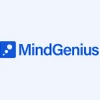15 Project Management Functions & Use Cases To Manage Projects Smartly

Summary: What makes project management software so popular among project managers and other professionals? Find out its amazing features that can make tasks like project planning, budgeting, task scheduling, and project status tracking much easier.
Project management software is meant to help businesses with planning, scheduling, executing, tracking, and resource allocation of a project. It effectively manages and optimizes all the tasks related to a project for its successful completion. From task planning till its successful completion, the software tracks and manages the entire cycle of a project.
Let’s learn about some of the PMS Functions that could help you with project management.
Key Takeaways
| 1. 77% of the high performing projects have used the project management software according to Hive, 2020. 2. 58% of the companies stated that the success rate of the project has improved over the past 2 years (KPMG, 2019). 3. Businesses using effective project management practices have wasted 28 times less resources than their competitors who do not use them. (CIO, 2019). 4. 67% of organization project that undervalue project management resulting in failure (PMI, 2020) |
15 Functions of Project Management Software
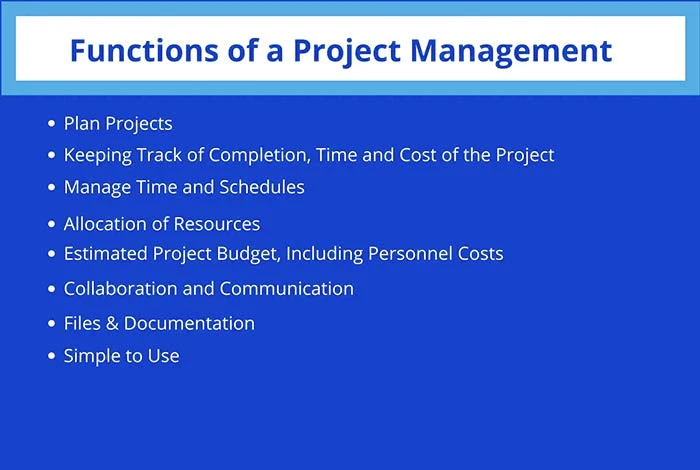
Project management software should offer features like task management, real-time collaboration, resource management, user-role management, project planning, and more. All PMS Functions are meant to help users to successfully manage all their projects at one place.
Task Management
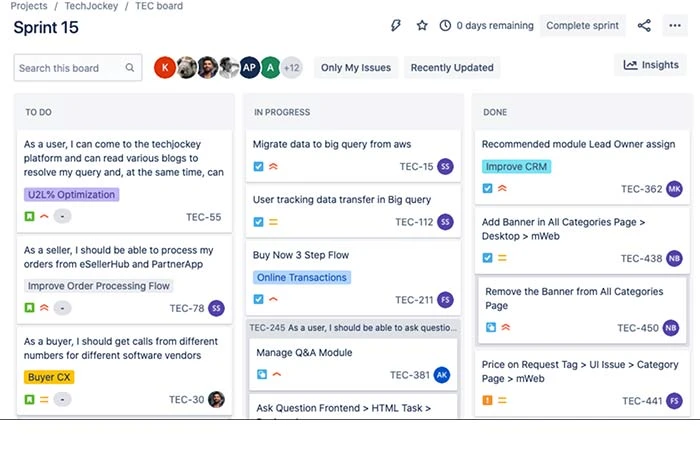
Task management is one of the most important PMS Functions. It helps organizations to keep a tap on each project from the time it entered the pipeline till its completion.
The solution offers multiple ways to represent the tasks and sub tasks related to a project in the timeline. Some of the most common formats including-
Gantt Charts
The Gantt chart in project management will help you in presenting your tasks completed in a specific period as compared to the planned time for these tasks.
It might include project details like the task’s deadlines, dependencies between tasks, task members, etc.
Scrum Boards
It lets users divide the project into three sub sections: to do, in progress, and completion. It works by dividing the project into sprints with specific due dates. Thus, making it easier for organizations to complete the project with the scrum framework.
Kanban Boards
Under this format, organizations can map out all the details about the project in the form of cards and columns. The columns represent the project stage and cards the individual tasks.
Example: If you are developing a software, you can segregate project details in multiple columns and cards such as project name, in progress, completion, etc., via a Kanban board. All the tasks can be developed into sprints like designing, developing, content, etc. With the drag and drop functionality, you can easily move these tasks to multiple columns which highlight different stages of the software development project.
Project Planning and Scheduling
Planning the project and assigning it to the team members is important for timely execution of the project. Project management software will help the team to divide the project into multiple subtasks and assign those to specific team members.
In addition to that, users can also add due dates and duration for the project. This helps project managers to maintain a clear roadmap of the project along with the time needed to complete it using the PMS Functions.
Suggested Read: Importance of Software Engineering Project Management Tools
With the planner, you get a view of how many hours are needed to complete the project, prioritize tasks, and map out your upcoming activities related to the project easily.
Example: Civil engineers can use project management software for planning the design and construction of any infrastructure. They can plan tasks for different stages of a project and schedule the same with team members.
Budget Management
Creating and managing the budget is important to get an estimation of the expenses needed to be incurred for project completion. With a project management software, the project manager can create a budget based on the resources and various costs including labor, machinery, materials, etc.
This would ensure that the project gets completed within the cost and waste of money does not take place. Budgeting also helps in ensuring that proper funds are available for the timely completion of any project.
There are different ways to create the budget for a project including analogous estimating, earned value analysis, parametric estimating, bottom-up method, top-down method, and more. Organizations can use any of the project budgeting methods for budget creation.
Example: Construction engineers can allocate the budget for a project by estimating the cost of human capital, raw materials, machinery, etc., for timely completion. This will help in minimizing the wastage of resources.
| Case Study: Taylor Development Strategists, a renowned civil engineering and urban planning company did not have enough systems to support the growing organization. There were plenty of limitations. By switching to Mavenlink, the company was able to collaborate better, improve the utilization rate by 15%, and gain in-depths insights for the project targets |
Time Tracking
Time tracking is one of the PMS Functions especially when you are working with the stakeholders. With PMS software, organizations can keep track of hours spent on each project and add hourly project rates.
This helps them to record the expense on each project and create the invoice for customers. The invoice created with software will include all the details of the project including working hours, rates charged per hour, tax if any, customer’s details, etc.
Example: If you are designing a website for your customer, you can track the working hours for each design project and calculate the working cost. Once the design project gets completed, you can easily bill your stakeholders and generate invoices accordingly.
Collaboration
A large project might comprise multiple team members working on the different aspects of it. Therefore, it is important there should be a quick communication channel to collaborate and share relevant information with other team members.
The project collaboration feature of a project management solution enables organizations to collaborate on projects in real time by letting them share files, calendars, and contacts lists in real time. Each team member can add information into the system thus making it easier for them to add and access the project information anywhere, anytime.
Suggested Read: List of Open Source and Free Project Management Software
Further, the availability of a team dashboard also helps to constantly check whether the team is meeting the set KPIs or not. Depending on the solution, users can message directly or chat in a group for better collaboration with team members.
Example: In a software development team, members can collaborate in real time while developing software with the help of this tool. Team members working on the different aspects like designing, prototyping, content, etc., can always connect with each other in terms of any changes across different software development processes.
Resource Management
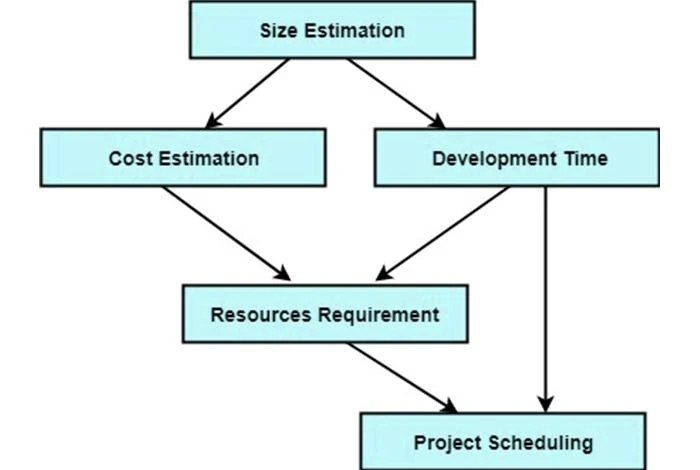
An organization needs to maintain a record of all the resources needed to complete a particular project like meeting spaces or materials for the project.
A project management solution helps users schedule all the project resources and provides a rough estimate of each resource needed to complete the project. This helps organizations to manage their project resources judiciously and avoid overspending.
Additionally, the project manager can easily check the availability of resources, allocate them to specific projects, and ensure that all the members have the required resources needed for project completion.
Example: E-commerce businesses can use project management software to allocate resources for the timely delivery of their goods. For example, they can assign delivery partners according to the time zone, location, and availability of the workforce.
User Role Management
Project-related data cannot always be accessed by all employees such as financial data or customer information. Therefore, the user role permission management and access control features help businesses to create and manage permissions for a specific sub-task of the project. Thus, restricting access to confidential project information.
Additionally, it helps them to assign private tasks or projects to the team members and define custom roles for specific projects.
Example: Employees working in the cyber security department might create and manage role-based permissions while working with the employees and customers data. They can restrict access to this data for employees working outside that department.
Real-Time Reporting & Analysis
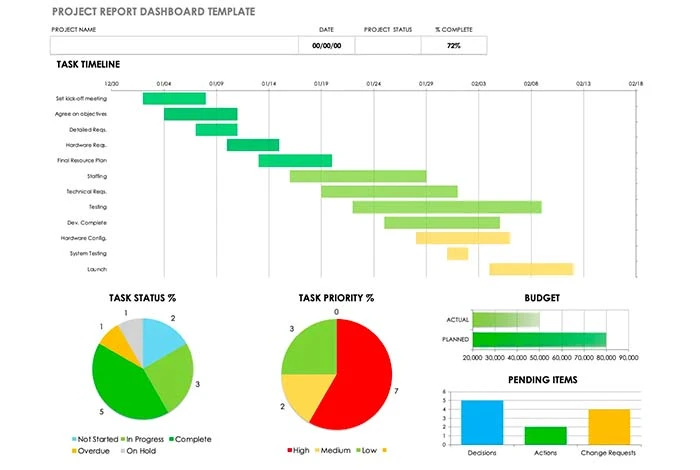
All team members need to stay up to date on the project. With real-time reporting, all the members working on the project will get notified about its progress, missed deadlines, or any other ongoing changes in the project.
A few project management software solutions even offer report customization features to customize reports as per business requirements.
For example, you can use multiple templates like KPI reports to measure the progress of any project. Therefore, by comparing the reports, you can find issues with the current project and formulate strategies to overcome them.
Users can also create a project KPI dashboard to measure the project’s progress against set KPIs like planned and actual project value, the percentage of completed tasks, etc. This would help in improving the success rate of a project.
Example: Social media managers not just create effective social media marketing strategies but also measure its effectiveness through real-time reporting. They can find bottlenecks in marketing strategies by analyzing them against the competitors.
Calendar Sharing
A project calendar helps product managers to systematically organize a project’s timeline. It defines a project’s working and non-working hours and lets users create tasks along with their due date, assign the tasks to team members, and record all the milestones for a project.
By sharing the created calendar with the team, the manager can ensure all members receive notifications for all the scheduled tasks, meetings, events, etc., related to the project on time. This would ensure that all members working on the project attend all project meetings.
Example: The sales team can create a calendar for multiple client meetings or sales campaigns and share the same with the members. They can also add further details about these meetings to the calendar for team members.
Document Management
While working on a project, the organization needs to create and manage multiple documents including the project details, stakeholder details, project schedule, project budget, etc. A project management solution helps organizations to create and manage all these documents in real time.
Therefore, making it easier for team members to create documents, update them in real time, share them with stakeholders, etc.
With the software, team members can access all the documents related to the project at one place than searching for them randomly. Moreover, it offers integration with third party cloud storage solutions such as Dropbox, OneDrive, Google Drive, etc., for additional documents storage.
Suggested Read: Use of Project Management Software in Construction Industry
Custom Workflow
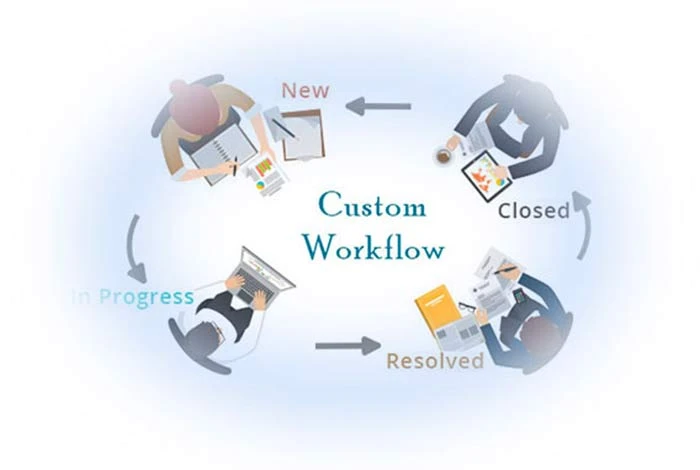
Custom workflow is one of the key PMS Functions for managing projects and tasks. The software offers pre-built templates to customize the workflow for different departments like human resources, sales, marketing, IT sector, etc. Therefore, making it easier for users to create the workflow quickly.
However, the solution also offers the module to customize these workflows by adding or removing specific sections according to project requirements. This way, it provides complete control over the project structure.
Example: The HR department, while creating tasks for recruitment, can choose a pre-built template and customize it as per their requirements. They can remove or add certain modules such as onboarding and creating a separate project for the same.
Integration
The software can be integrated with mother business solutions for helping businesses to manage multiple tasks from a single platform, it is an integral PMS Functions.
Email Software Integration: The email integration would help you to directly reply to your team members through the software. Further, you can also create tasks, schedule meetings, share calendars with the team, etc.
CRM Integration: The integration with CRM software would help you to keep all the information related to the project’s stakeholders in one place. This eliminates the need to maintain all the customer’s info in a separate portal.
Identity Management System Integration: Through this integration, the project manager can assign and manage role-based permissions for the project. This ensures that only the right members have access to the specific project data.
Conclusion
No matter what the size of your organization is, project management software can help in multiple ways such as real-time collaboration, task management, permissions management, and so on. Each organization has its own requirements for managing projects, so choose software that aligns with your business goals and PMS Functions requirements.
Related Categories: Workflow Management Software | Kanban Tools | Product Management Software
Varsha is an experienced content writer at Techjockey. She has been writing since 2021 and has covered several industries in her writing like fashion, technology, automobile, interior design, etc. Over the span of 1 year, she has written 100+ blogs focusing on security, finance, accounts, inventory, human resources,... Read more














